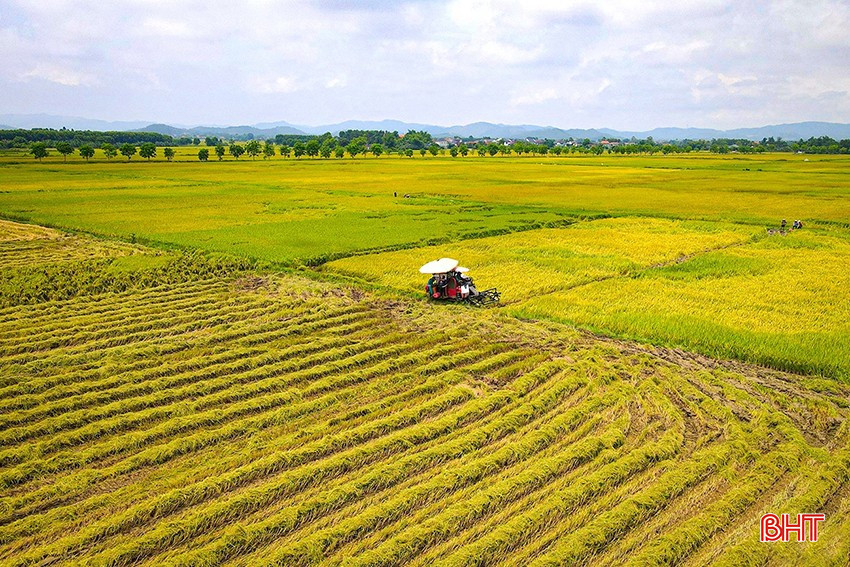
Ha Tinh is located in the sunny and windy Central region, with harsh natural conditions and climate. In the summer, the Southwest wind (also known as Lao wind) is scorching, in the winter, the Northeast monsoon causes continuous heavy rain. In desperation, nature has also given this "fire pan, rain bag" land the "specialty" of storms and floods. There is almost no year when Ha Tinh does not suffer damage caused by storms and floods, making the lives and production of the people face countless difficulties. In terms of social factors, for generations, the majority of the population in Ha Tinh has been farmers. This is the reason why agriculture - rural areas - farmers are always close and closely connected with social life, including the press; agriculture is also the mainstay economic sector of the province.
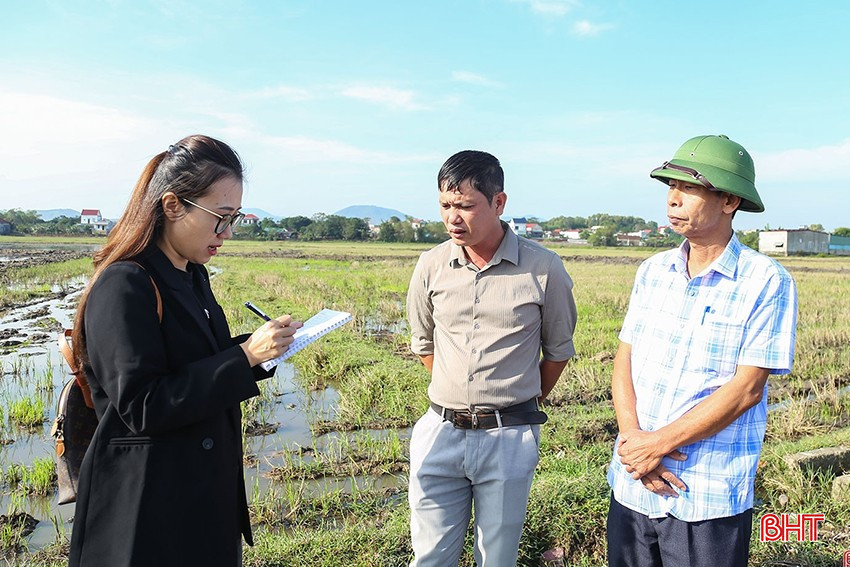
Up to now, Ha Tinh Newspaper (Ha Tinh Newspaper and the old Radio and Television Station) has always reserved appropriate space and time to promote the fields of agriculture, rural areas, farmers and new rural areas. Every week and every month, the units have built special pages and columns, and arranged specialized reporters to monitor and promote these fields.
Newspapers and magazines specializing in agriculture such as: Vietnam Agriculture (now Agriculture & Environment Newspaper); Today's Countryside; Rural Economy... all have representative offices and reporters working directly in the area. Thanks to that, major policies and resolutions on agricultural - rural development and new rural areas are conveyed by journalists in a vivid, timely and most accessible way to farmers. Reporters following agriculture are also the link between farmers and government agencies at all levels and specialized sectors, speaking up from the grassroots and from the fields.
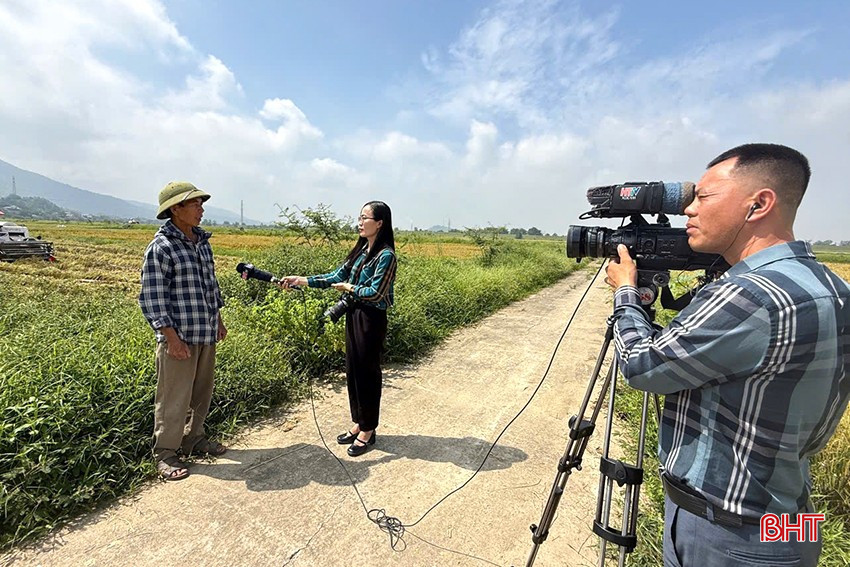
Remember, from 2008 to around 2010 - 2015, when the whole province implemented Resolution No. 26-NQ/TW, dated August 5, 2008, the 7th Conference of the Party Central Committee (10th tenure) on agriculture, farmers, and rural areas; the National Target Program on New Rural Construction for the period 2010 - 2020, Ha Tinh's agriculture entered an unprecedented historical revolution. The decisions on restructuring crops and livestock, restructuring agriculture issued by the Provincial Party Committee and the Provincial People's Committee; credit policies supporting interest rates... also continued to accompany and become a great driving force for agricultural production sectors to break through towards commodity production. For the press writing about agriculture, documents from reality became a "treasure" of topics for reporters to exploit and reflect. With the participation of the press, many historical milestones have been made, such as: eliminating early spring tea, developing pig farming through linkages, restructuring sow herds, household garden models, converting large ships to go offshore...
Many journalists have works that have won high prizes at provincial and national press awards such as: the feature "Eliminating early spring tea and IR1820 rice variety" won the A prize of the Tran Phu Press Award (2012); "Sea labor" won the C prize of the National Press Award (2016)... A series of articles also speak up from the grassroots, the shortcomings in implementing policies that cause difficulties for farmers such as: "Strange story in Ha Tinh: Taking cows out on the street has to pay a "fee" (reportage by Vietnam Television); a series of articles about Thien Uu 8 rice variety causing rice blast disease in Ha Tinh in Ha Tinh Newspaper (old)...
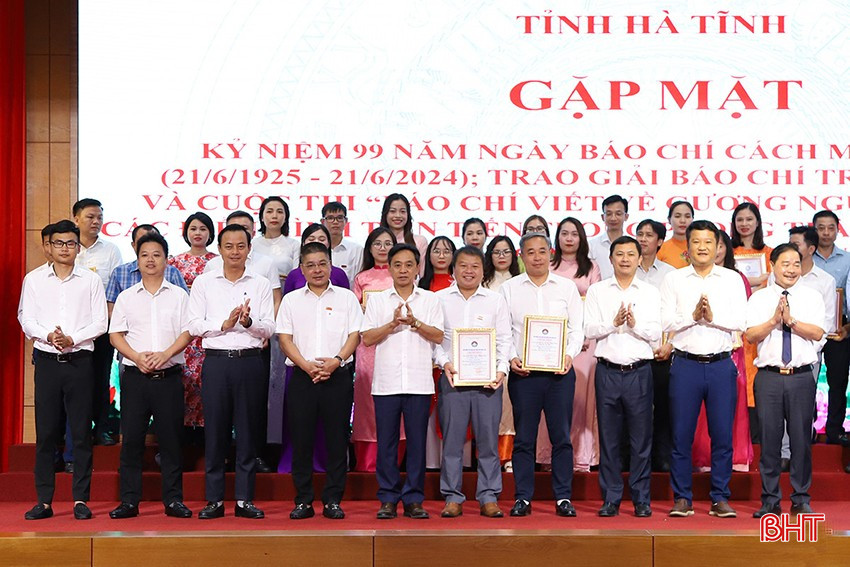
In recent years, agriculture has changed significantly. Resolution 06-NQ/TU of the Provincial Party Committee on leadership and direction of land concentration and accumulation associated with new rural construction in the period of 2021 - 2025 and the following years has come into effect, changing the production situation. From small, fragmented, vulnerable farmers, they are now owners of large, concentrated fields, with one variety and one process. The "pulse" of production continues to be reflected by local journalists in a multi-dimensional, multi-platform, in-depth and authentic manner.

Journalist Ha Van (Ha Tinh Newspaper) said: “I think the profession chooses the person, topics about agriculture, rural areas, the simple, rustic life of farmers have always attracted me. Every time I research a topic about agriculture, I understand that the responsibility of a reporter is not only to get information but also to tell the story of the “planters, plowmen” in the most honest and kind way, spreading the value of the small workers who contribute to the country's change; farmers are the soul and culture of each village. Every time we go to the field, we also inform people about new policies, share good practices of some people in the regions so that they can apply them to production…”.
It is said that agricultural reporters are “barefoot” journalists, which not only shows the hard work but also exudes a sense of closeness and simplicity. To have beautiful footage, photos, and typical characters, they can wade through mud, stand in the sun, stand in the rain, go down to the fields with farmers, and go to each barn to learn about the reality. During times of floods, agricultural reporters also have to face many life-threatening dangers due to working in heavy rain, strong winds, and isolated terrain.

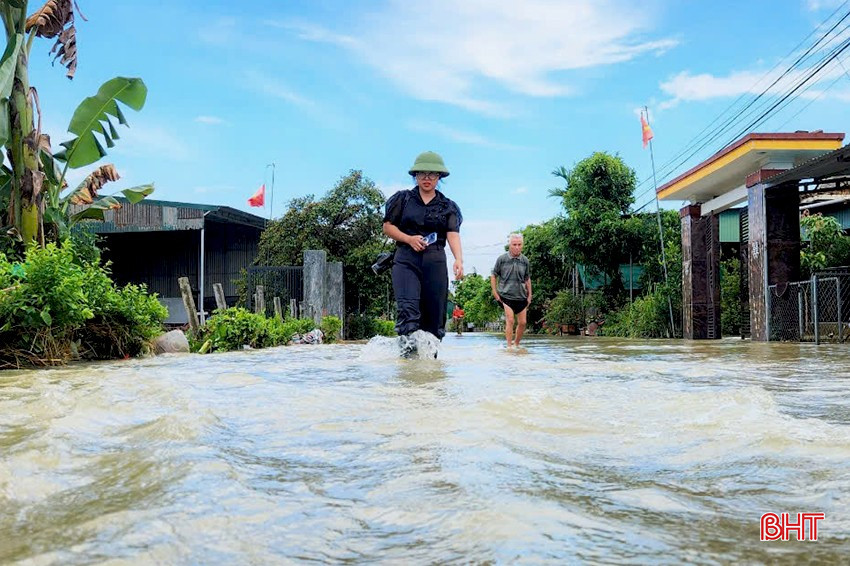
Journalist Thanh Nga - Agriculture & Environment Newspaper said: “As a reporter for a specialized newspaper, I have the opportunity to visit many lands, many fields and be close to farmers. Therefore, regardless of the time, every time the crops grow, the developments of natural disasters and epidemics, I am always present. During storms and floods, I think agricultural reporters like me are eager to rush to the scene. Because, we are not only the ones who deliver the news, we are the ones who listen the earliest and closest to the wishes of farmers sent to the authorities and specialized sectors to soon have safe disaster response solutions, supporting people in difficult times”.
Each article is a story, a piece of the village, the fields of the homeland. The joy of agricultural reporters - those who tell stories about the fields is as simple as rice grains, as simple as bamboo banks but contains all the heart for the homeland, so that each page of the newspaper is not only information but also carries the soul of the land, the soul of the people.
Source: https://baohatinh.vn/phong-vien-nong-nghiep-nhung-nguoi-theo-chan-tho-cay-tho-cay-post288828.html


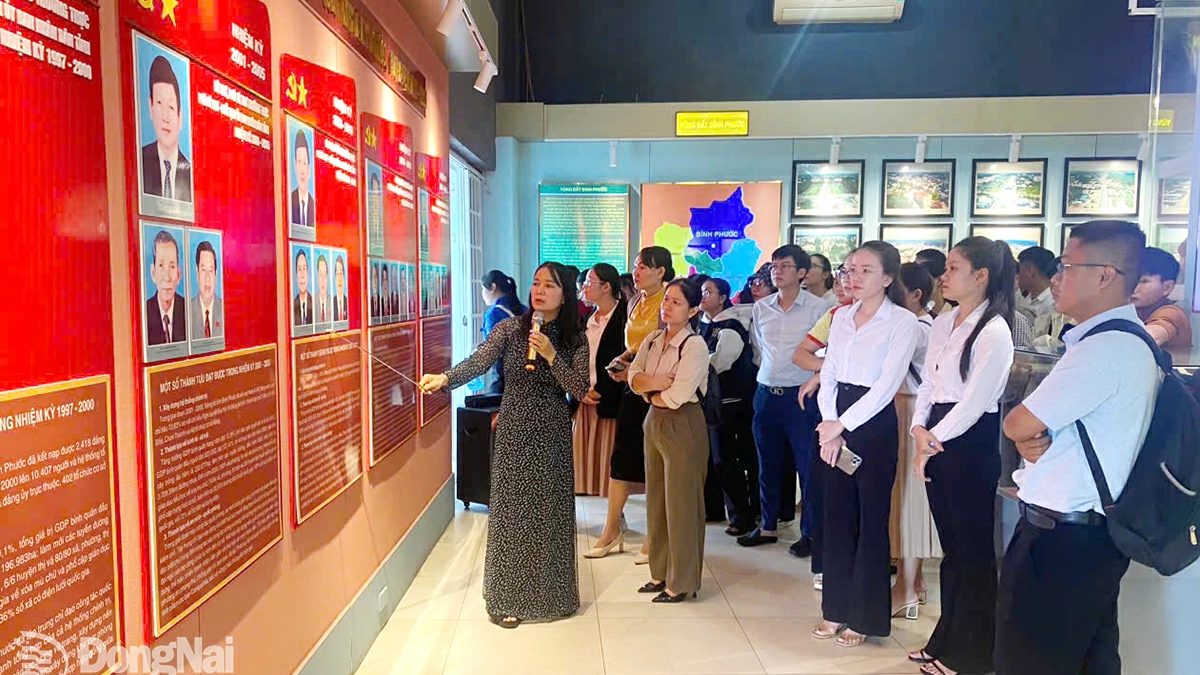

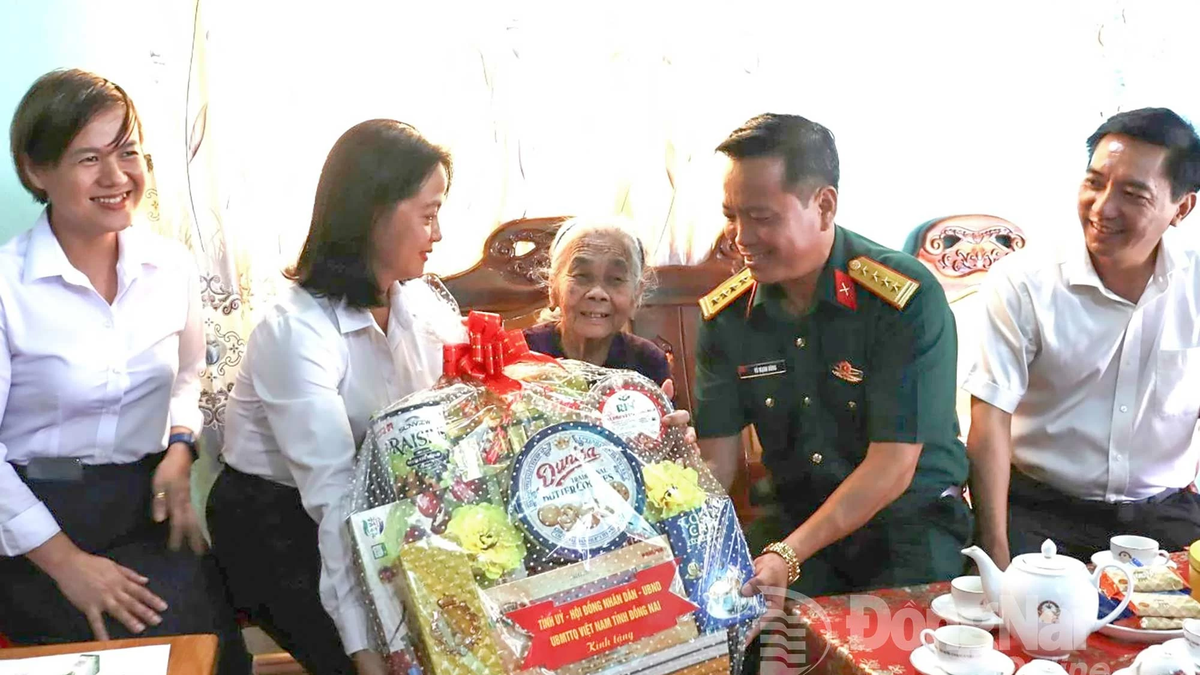
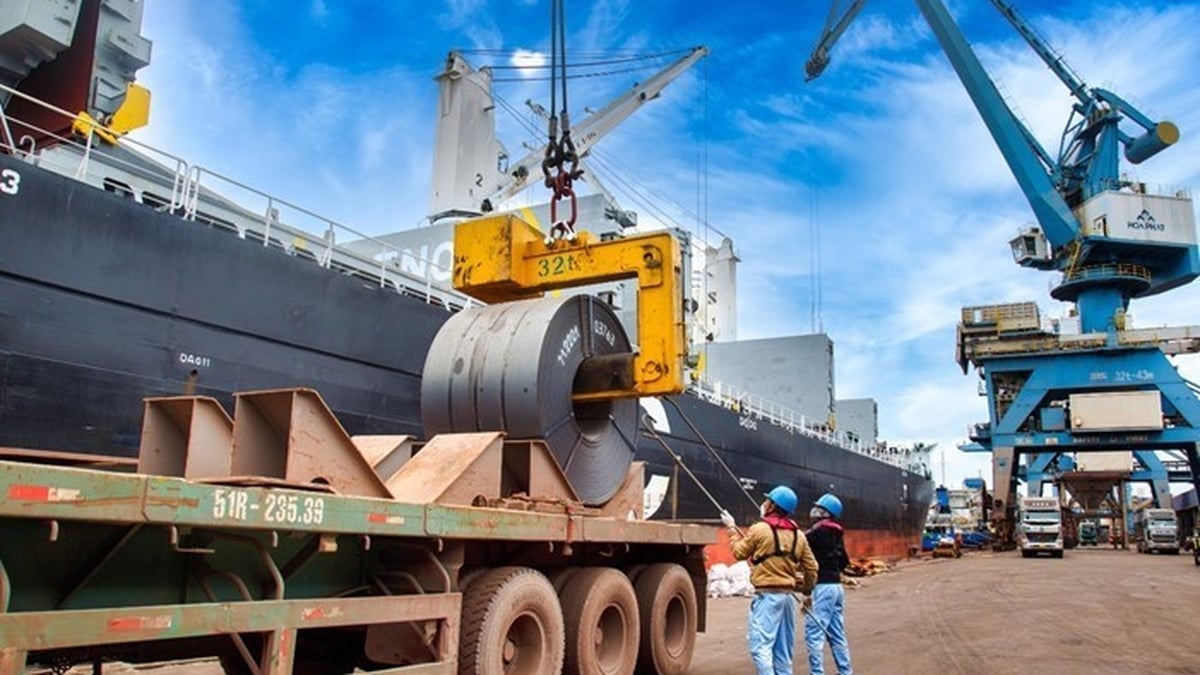




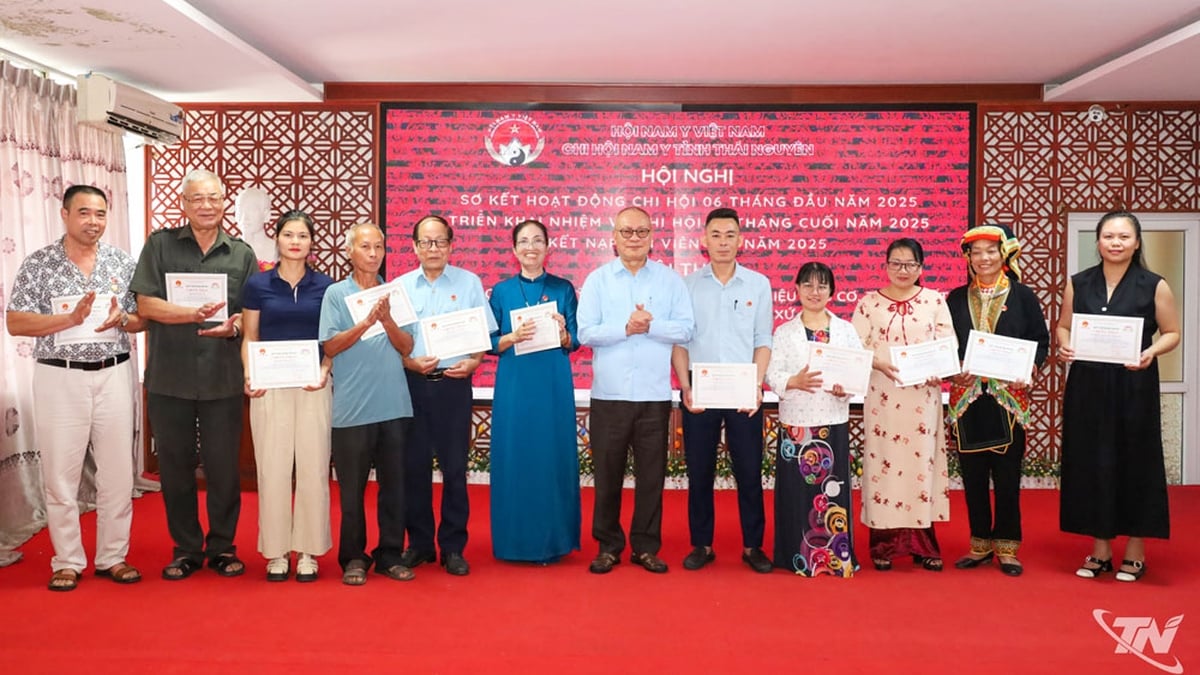














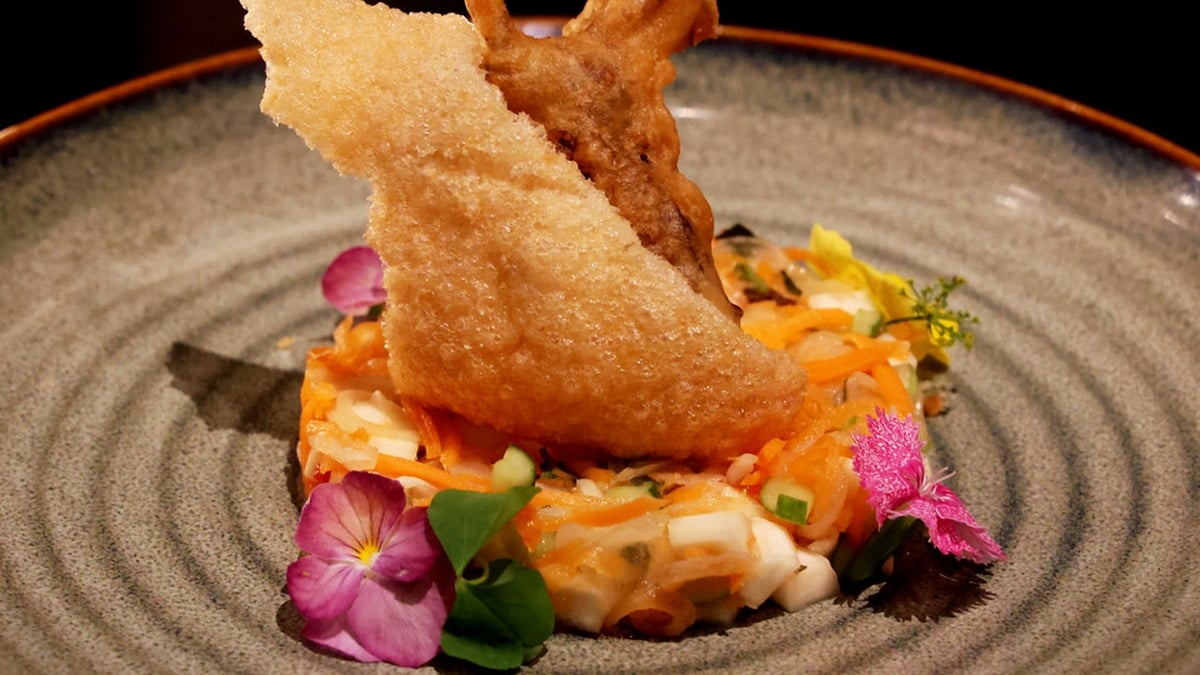






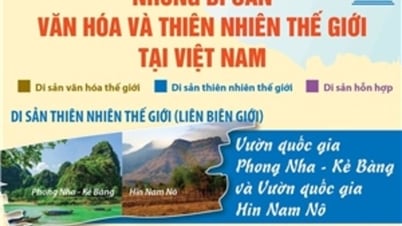

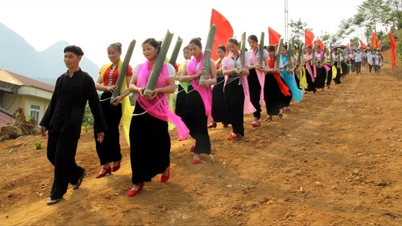




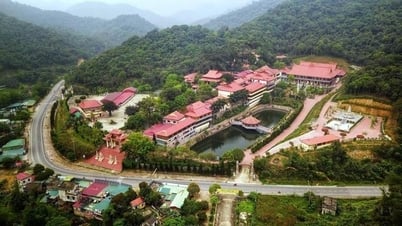

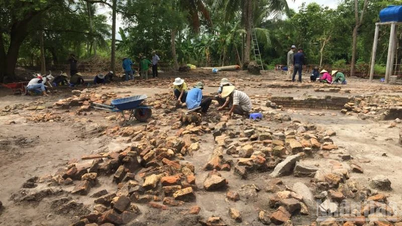


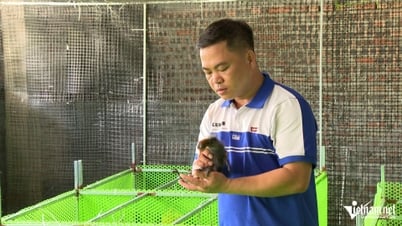


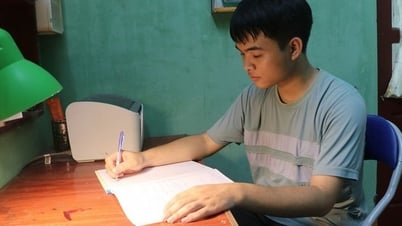






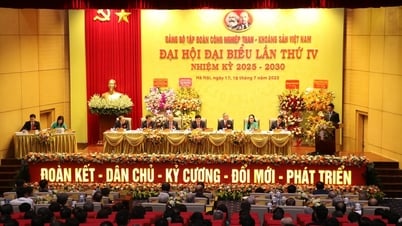



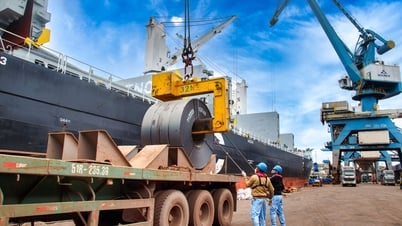



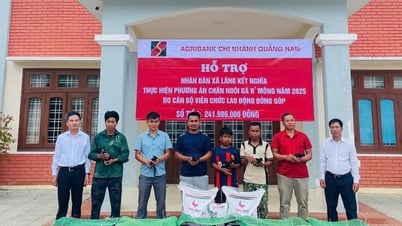




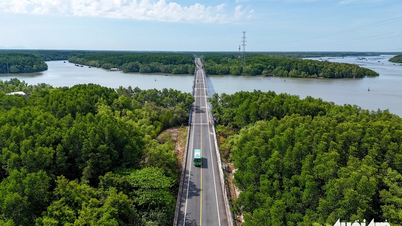

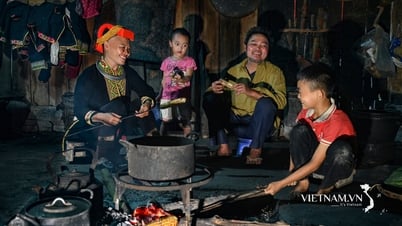
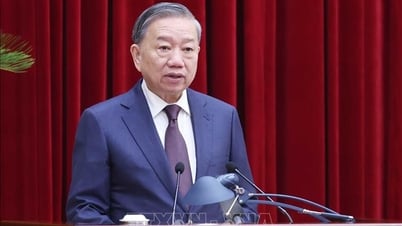

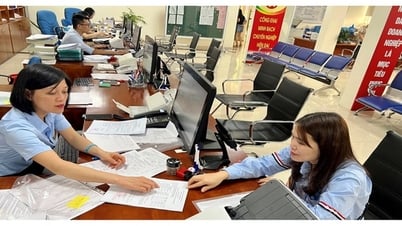




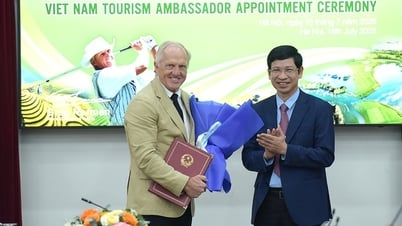


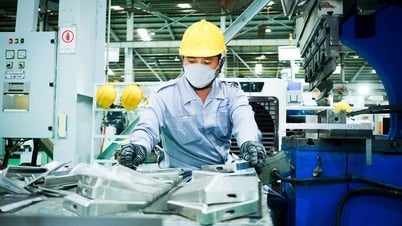













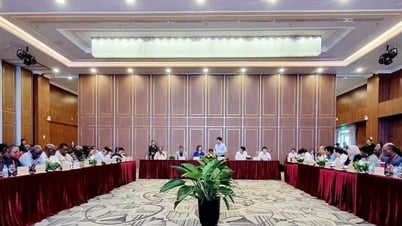

![[Infographic] In 2025, 47 products will achieve national OCOP](https://vphoto.vietnam.vn/thumb/402x226/vietnam/resource/IMAGE/2025/7/16/5d672398b0744db3ab920e05db8e5b7d)





Comment (0)